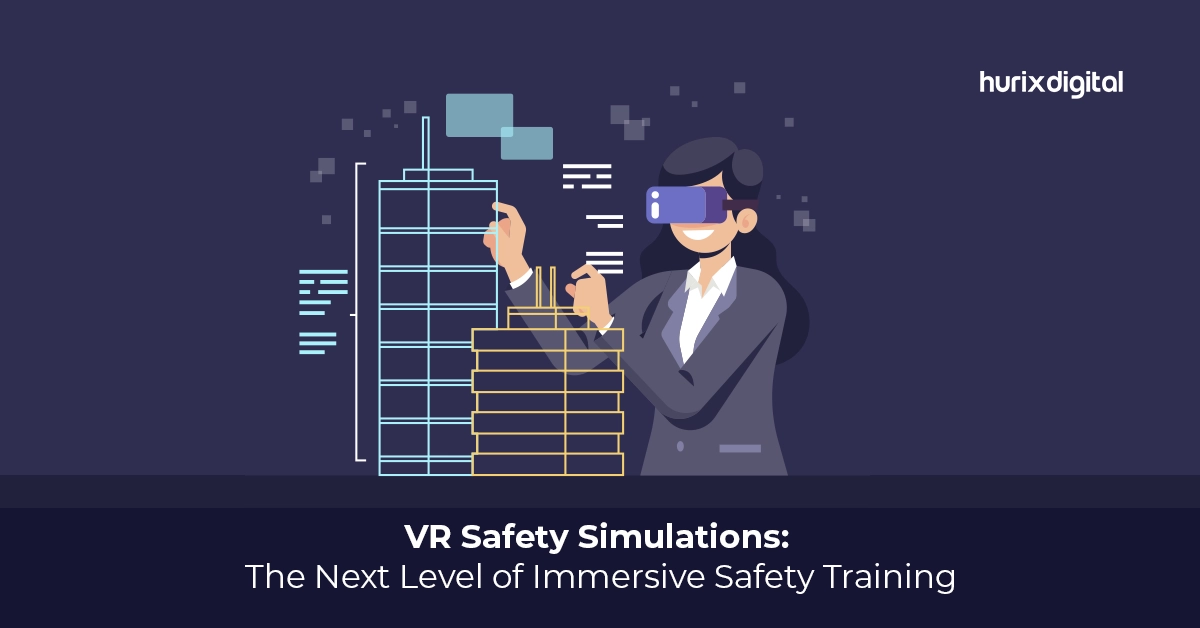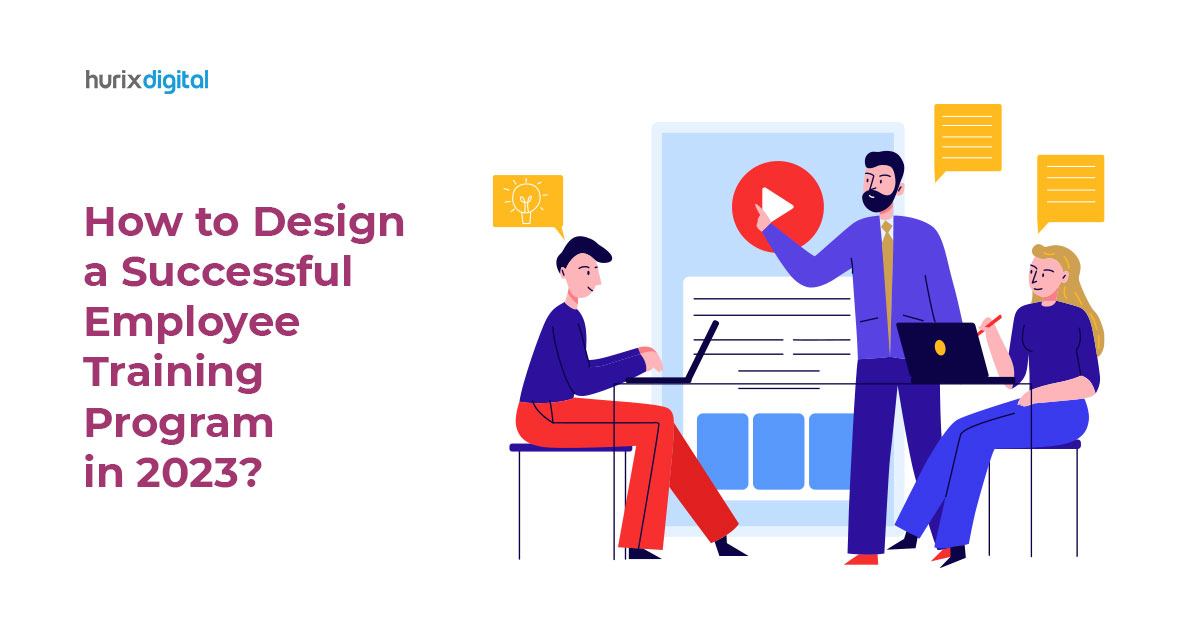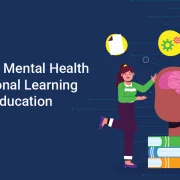
VR Safety Simulations: The Next Level of Immersive Safety Training
Summary
Discover how VR safety simulations are enhancing safety training. This blog highlights the benefits of immersive simulations for more effective and engaging safety education.
Virtual reality (VR) is revolutionizing safety education. VR training increases learners’ confidence in applying what they have acquired by up to 275%, outperforming traditional classroom and online learning by 40% and 35%.
VR can simulate several safety scenarios, including managing hazardous materials, operating large machinery, and fighting fires. By developing situational consciousness through the recognition of dangers and the practice of appropriate actions in a virtual setting, employees can respond confidently to potentially hazardous circumstances. The best part is that these challenging situations train staff members without interfering with business as usual.
This blog outlines the scope of virtual reality in safety training, its benefits, and its use cases. Read on to find more!
Table of Contents:
- What are VR Safety Simulations?
- Benefits of VR Safety Simulations Training
- Use Cases of Virtual Reality in Safety Education
- Takeaway
What are VR Safety Simulations?
VR refers to a broad category of technologies that share the crucial feature of enabling the user to experience an artificially created setting.
A common way to characterize this spectrum of technologies is by the degree of immersion or the technical capacity of the equipment to replace actual sensory inputs with automated ones and facilitate human behaviors for understanding this data.
An extensively immersive virtual reality system, like the head-mounted display, enables its user to experience both auditory and visual content by using their natural movements. This includes reaching out to grasp objects. In contrast, to experience sensations with a low immersive VR mechanism, like a desktop VR, users must perform actions like using a PC’s keys and mouse.
This development in virtual reality technology presents several prospects that could help overcome the present safety-related training constraints.
Also Read: 8 Essential Workforce Training Expectations to Master & Surpass
Benefits of VR Safety Simulations Training
Virtual reality provides adaptable safety training that fortifies safety procedures and boosts worker self-assurance. Here are a few of the benefits of employing VR for safety training:
1. Provides an Immersive Training Experience
Virtual reality training replicates an authentic and immersive experience that resembles real-world situations. By building a 3D virtual world, workers can actively interact with simulated dangers, tools, and work environments.
This degree of realism improves interactive learning and gives learners a safe, supervised setting to practice their skills.
2. Guarantees Improved Interaction and Retention
Conventional safety compliance approaches frequently depend on passive, unengaging seminars, films, or written resources. Conversely, learners in VR training actively participate, which makes the entire experience more lively and participatory.
As VR simulations are hands-on, they improve trainee involvement and retention of the subject matter, which improves understanding and implementation in practical settings.
3. Risk-Free Training in a Managed Setting
Errors can lead to dire outcomes in high-risk sectors like manufacturing, medical services, and building work. During virtual reality training, employees may commit lapses and gain insight from them in a safe learning environment without endangering themselves or anyone else.
This gives learners the chance to practice new techniques, gain confidence, and advance their skills in an atmosphere of assurance.
4. Saves Time and Induces Cost-Effectiveness
Setting up practical safety training exercises in everyday circumstances can be costly and exhausting. Virtual reality training provides an economical substitute by doing away with the requirement for tangible resources, gear, and travel expenditures.
VR modules are available to staff members at any time, allowing for effective and adaptable training without interfering with their everyday timetables.
5. Provides Scope for Flexibility and Customization
Services for virtual reality training are easily customizable to meet particular requirements for safety training. VR enables customized training experiences, whether they are simulating dangerous situations, machinery procedures, or emergencies.
Training modules can be modified to represent various work environments, protocols, or possible risks, guaranteeing that learners receive lessons that are pertinent and intended.
6. Ensures Performance Monitoring and Evaluation
Performance monitoring and evaluation characteristics are frequently included in VR training systems. Managers and trainers can track trainees’ development, pinpoint areas for growth, and offer tailored feedback.
Data can help organizations assess the success of their safety programs and make well-informed decisions about future improvements.
Use Cases of Virtual Reality in Safety Education
VR has enabled workers in various sectors, including building, manufacturing, medical care, and travel, to adopt safer work practices.
Here are some use cases of VR applications in the safety training of various industries.
1. Instruction in Safety for Restrained Areas
Workers in restricted environments face specialized challenges, and their well-being depends on receiving the right training. This specialized training is essential for sectors like phone service, railroads, and more. It covers hazard alleviation, evacuation plans, and entrance and exit practices.
Virtual reality is a good option for this kind of employee training. By virtually entering restricted areas, staff members can rehearse these techniques in a safe setting, reducing the risks involved in actual training situations. This immersive training method will equip employees to safely negotiate the difficulties presented by confined spaces.
2. Getting Ready for High Altitude
Workplaces at high altitudes present unique difficulties, such as the requirement for equilibrium and good ergonomics. VR training is currently being employed to enhance proprioceptive competencies and body posture to boost balance in high-altitude employment settings.
By integrating virtual reality into high-altitude training, employees can hone their equilibrium and coordination in a secure environment. Virtual reality (VR) helps workers develop the skills necessary to work safely and securely at high places by simulating difficult conditions, which lowers the threat of injuries and collisions.
3. Protected Lifting Procedures
Using the right methods for lifting is crucial to averting injuries in industries where manual labor and heavy lifting are common. Organizations can use virtual reality (VR) to monitor body ergonomics and see if workers are lifting safely by observing their postures.
VR, for instance, can detect whether a user is lifting an object too high, raising the possibility of trauma to their shoulder or too far from their body, which could strain their spine. Instantaneous feedback from VR enables workers to identify and rectify incorrect lifting tactics.
4. LOTO Techniques
Lockout/tagout (LOTO) procedures are vital to safety protocols because they can be fatal to execute incorrectly. Employees practice safely turning off machinery through virtual reality to avoid hurting people or themselves.
They can comprehend the subtleties of LOTO, including locking and tagging machinery, segregating power sources, and confirming that it is appropriate to be operated on, thanks to this immersive instruction.
Workers gain the expertise and neural connections necessary to carry out LOTO procedures correctly in practical situations by rehearsing them in virtual reality. Mitigating the possibility of mishaps guarantees the safety of workers and the work environment while equipment is being maintained and repaired.
Check out EXCLUSIVE: Hurix Mini-Book: Effective Training Techniques For Enterprises With Distributed Workforce
Takeaway
In the modern workplace, employee safety is of the utmost importance. There are risks everywhere you go, be it a manufacturing surface, a physical shop filling racks, or an engineering site. An effective approach can avoid suffering because of a futile safety training program.
Virtual reality offers businesses a more captivating and practical solution for worker safety. These safety simulations are very stimulating, reduce training time, and offer a risk-free virtual version of the real world.
If you are looking for effective virtual reality safety training for your workforce, Hurix Digital is here to serve you. Get in touch with us today! We design practical instruction that transcends theory and is simultaneously interesting.

Performance, Results, Growth, and Life-Long Learning define my professional life. I am passionate about making workplace learning planful, purposeful, and impactful. I take pride in partnering with clients and bringing them the best in learning design and creating solutions that address business challenges.







